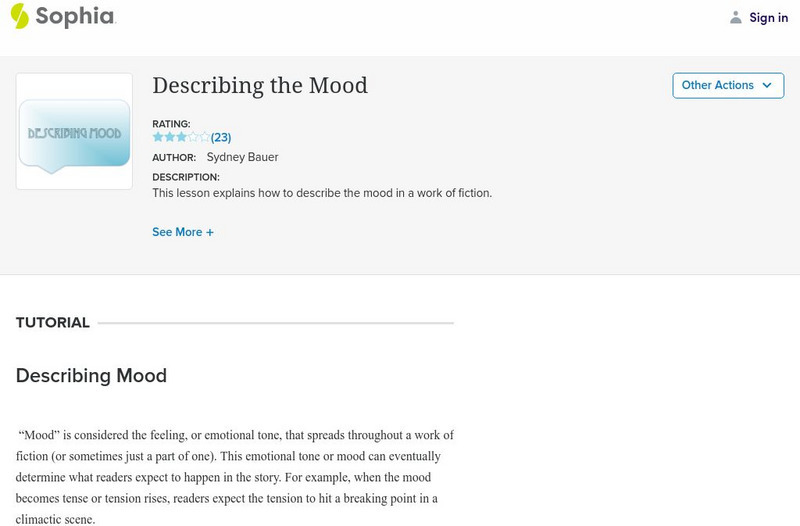Houghton Mifflin Harcourt
Holt, Rinehart and Winston: Writer's Model: Writing a Short Story
This seven-page example is of a short story entitled "T-formity." Clicking on the "Writer's Guide" link in the upper right-hand corner of the page enables the user to get tips, directions, and explanations on the essay.
National Endowment for the Humanities
Neh: Edsit Ement: Faulkner's as I Lay Dying: Form of a Funeral
William Faulkner's self-proclaimed masterpiece, As I Lay Dying, originally published in 1930, is a fascinating exploration of the many voices found in a Southern family and community. Learners will explore the use of multiple voices in...
Georgia Department of Education
Ga Virtual Learning: The Elements of Poetry [Pdf]
This is a 2-page PDF of a chart that lists eight elements of poetry, questions to ask concerning each element, and tips and explanations to aid the understanding of each element. RL.9-10.5 text structure effects
Yale University
Yale University: Elements of the Short Story
This unit from the Yale University on elements of the short story is designed to develop student comprehension skills, particularly making inferences and generalizing. It also involves students in reading a number of short stories to...
Writing Fix
Writing Fix: Voice Building Poetry Lesson: Comparison & Contrast Poems
In this lesson, students examine multiple mentor texts to help drive them toward the final persuasive writing assignment: comparison and contrast poems written from a parent and a child's perspective. A short story, two poems, and a song...
Harold D. Underdown
Write Descriptive Passages to Die For
Provides excellent examples of descriptive writing for one needing inspiration. Site is written for those who write literature for children, but can also be applicable to other genres.
Wikimedia
Wikipedia: Aesthetics (Or Esthetics)
A Wikipedia Encyclopedia article that defines aesthetics and discusses it in a number of contexts, including literature. A broad definition of the term is provided at the top of the page, and then links are provided to discussions of the...
Other
Mo Dept. Of Ed.: Analyzing and Evaluating Literary Works
Lesson plan designed for eleventh graders. Young scholars analyze and evaluate a short story for elements of literary works such as theme, mood, word choice, imagery, tone, and main idea. Includes a student handout and a scoring guide....
Other
Ovid's Metamorphoses: Introduction and Commentary
This resource provides a nice summary of the "Metamorphoses" by Ovid along with commentary and art influenced by the poem. Discusses the political situation of the time and how it works its way into the poem. Provides good analysis of...
Other
Bharati Mukherjee
Interview with fiction writer Bharati Mukherjee, famous for her use of symbolism in writing. Includes some biographical information and Mukherjee's opinions on some the symbolic characters she has created and her viewpoint on her own...
Other
Brock University: Elements of Structuralism
Excellent overview of this literary theory and its influence. Provides connection to literature and accessible explanations for students.
Other
Clemson University: Literary Essay
Literary essay example by a student discussing two works by Annie Dillard and Kurt Vonnegut, Jr. A good example of a strong literary essay.
Other
Georgia Perimeter: Choosing and Writing for an Audience
This resource goes extensively into the importance of establishing an audience when writing. It also defines types, how to choose, and how to write for an audience.
University of Victoria (Canada)
The U Vic Writer's Guide: Literary Term: Plot
This page offers a detailed overview of plot, including its various aspects and use in various types of literary works.
University of Victoria (Canada)
The U Vic Writer's Guide: Literary Term: Novel
This site provides a general overview of the novel, including its history and generic forms. Includes a few examples and related links.
University of Victoria (Canada)
The U Vic Writer's Guide: General Literary Terms
The University of Victoria's Writer's Guide includes an extensive list of literary and rhetorical terms. List can be displayed alphabetically.
Houghton Mifflin Harcourt
Holt, Rinehart and Winston: Elements of Literature: Narrator Chart [Pdf]
Provides an overview of the importance of a narrator in a text and some brief exercises for analysis. Helps students learn more about the role of the narrator in literature, his/her voice, and influence on other characters and events.
Sophia Learning
Sophia: Hey, I Known That Song: Literary Analysis of Popular Music
This PDF lesson plan uses the Lyrics to "I Was a Kaleidoscope" by Ben Gibbard and the song "I Was a Kaleidoscope" by Death Cab for Cutie to analyze the poem and determine its meaning.
Sophia Learning
Sophia: Characterization
This slideshow focuses on characterization including defining and discussing the 5 methods of characterizations: speech, action, description, interaction, and thoughts with examples of each. It also covers the importance of...
Sophia Learning
Sophia: Describing the Mood
Information that can be read or listened to that describes how to identify and write about the mood of a piece. Examples are provided using the story of "Tell Tale Heart" by Edgar Allen Poe.
Sophia Learning
Sophia: Selecting Topics for Literary Analysis
A series of three PDF documents providing definitions of commonly used terms when preparing to write a literary analysis, explaining how to comment on a literary text, and demonstrating the process of analyzing the literary text "Hills...
Sophia Learning
Sophia: Suspense
This slideshow focuses on the use of suspense in fiction by stating the purpose of suspense, discussing four ways authors create suspense, showing that all forms of literature contain suspense, and presenting an example with John...
Sophia Learning
Sophia: Analyzing the Author
A slideshow with ten slides that discusses the difference between a subject and a theme and gives several examples of each found within a variety of popular classical and modern texts.
Colorado State University
Writing@csu Guide: Understanding Writing Situations
In this guide, you can learn more about the situations in which writers and readers find themselves and the physical, social, cultural, and historical contexts that shape them. Click on each of the links on the right to learn about the...


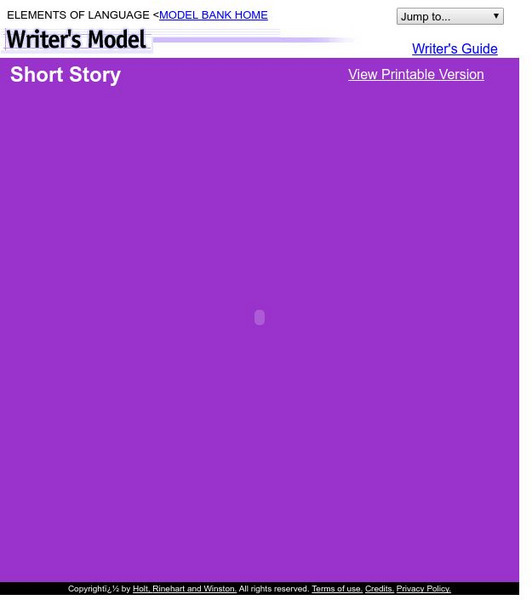
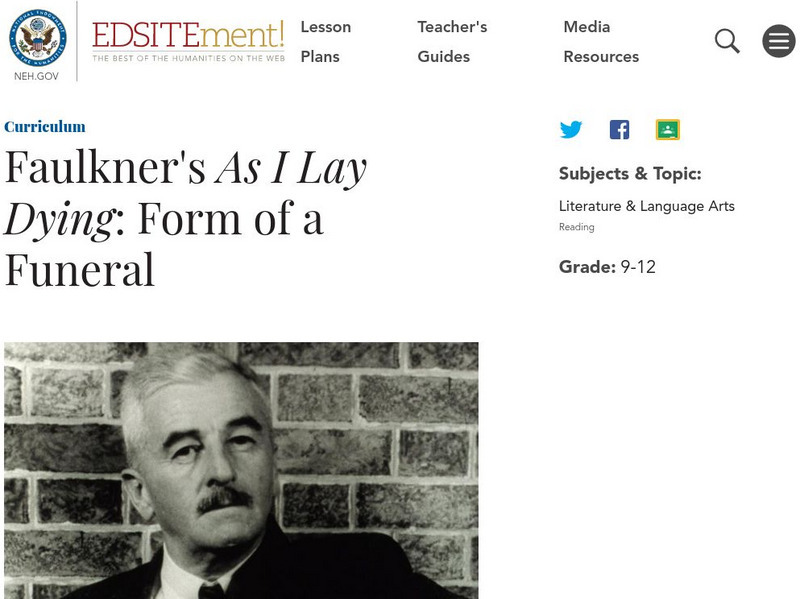
![Ga Virtual Learning: The Elements of Poetry [Pdf] Graphic Ga Virtual Learning: The Elements of Poetry [Pdf] Graphic](https://d15y2dacu3jp90.cloudfront.net/images/attachment_defaults/resource/large/FPO-knovation.png)
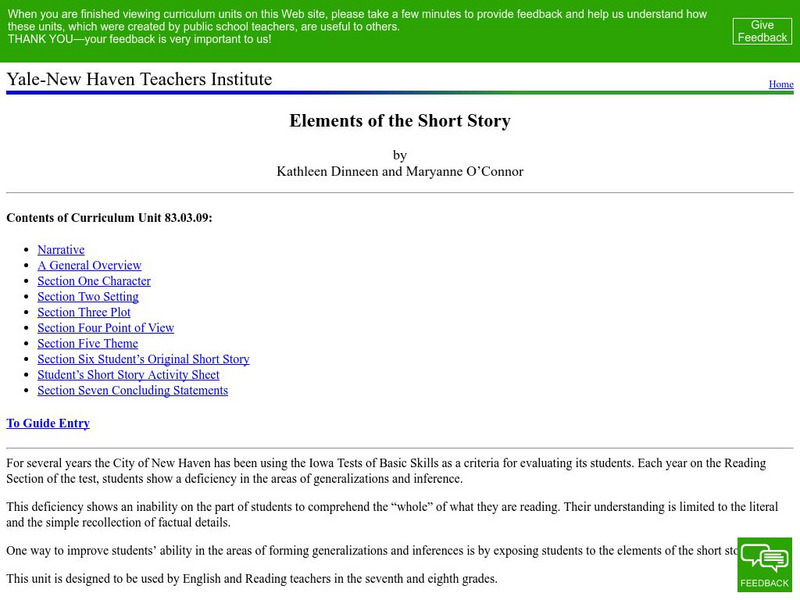

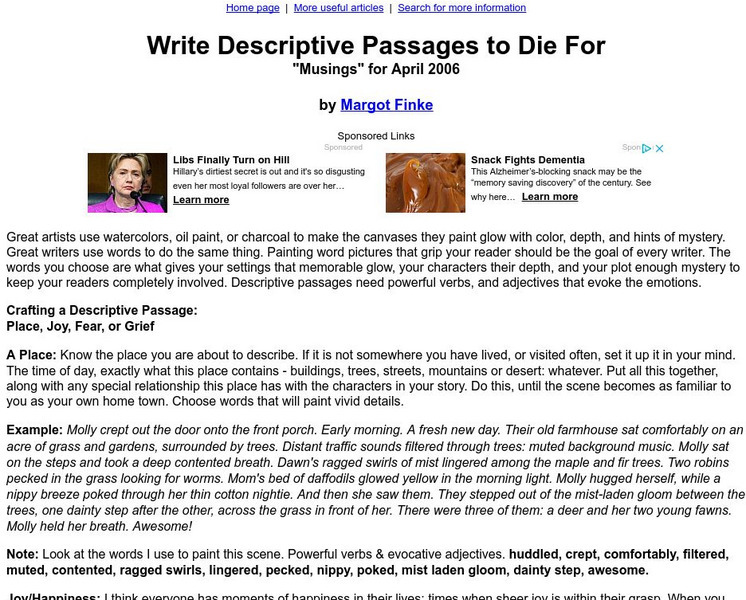
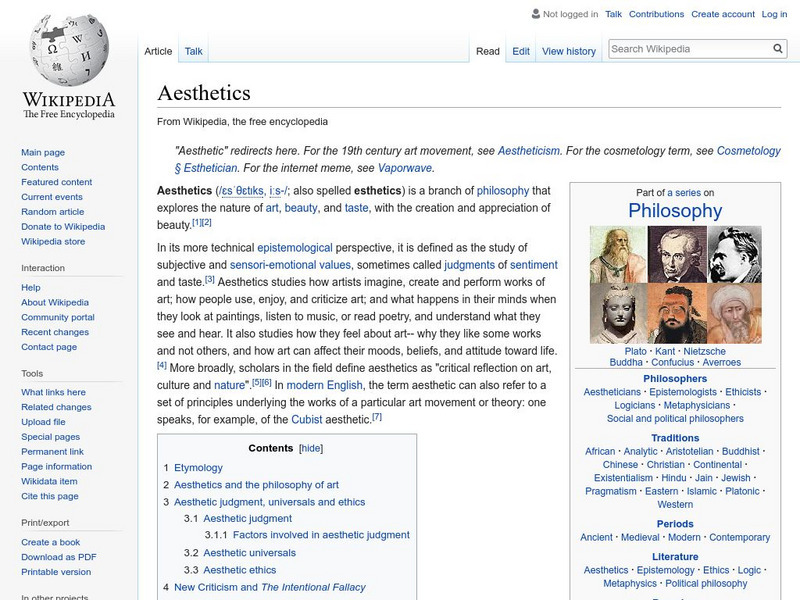
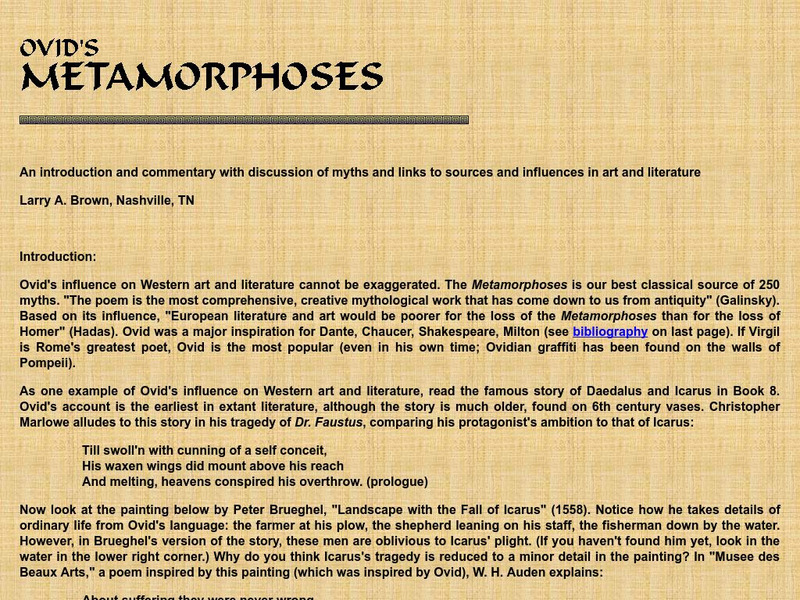
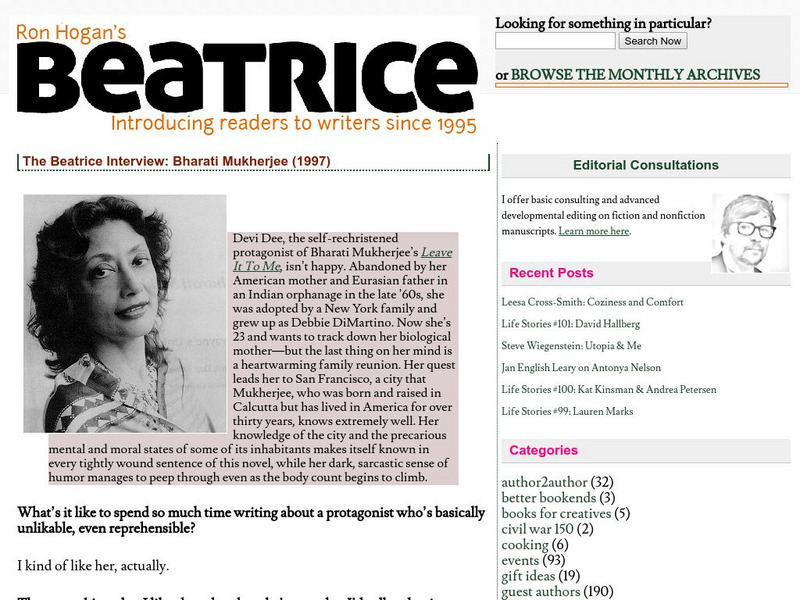
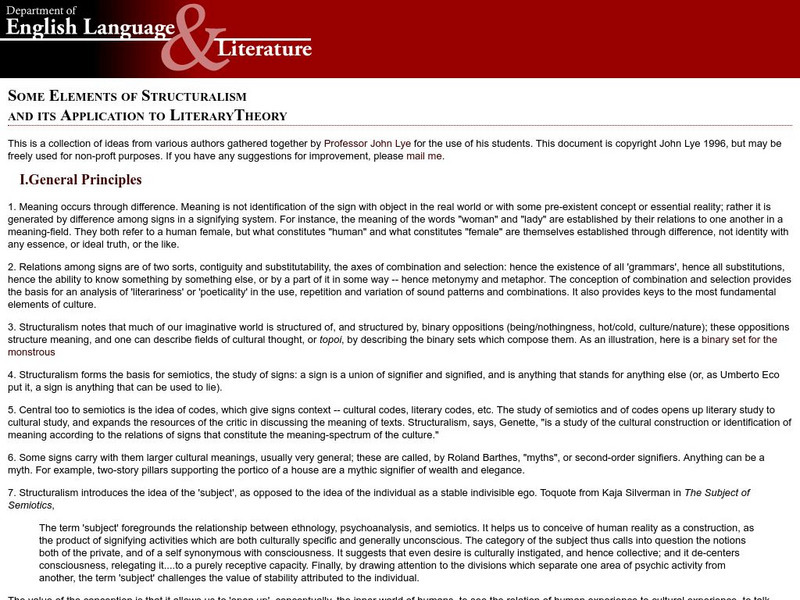
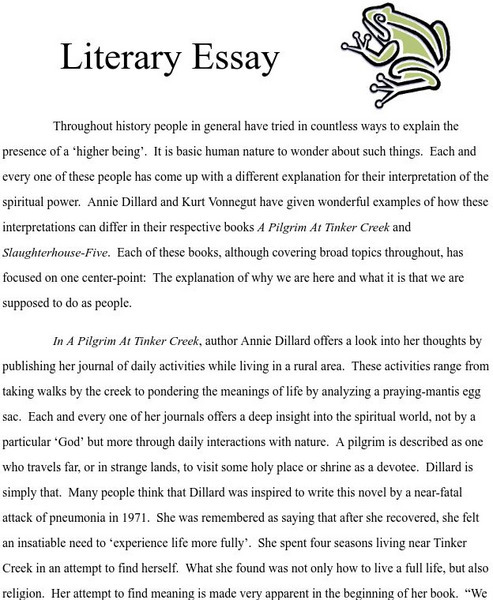


![Holt, Rinehart and Winston: Elements of Literature: Narrator Chart [Pdf] Graphic Holt, Rinehart and Winston: Elements of Literature: Narrator Chart [Pdf] Graphic](http://content.lessonplanet.com/resources/thumbnails/410058/large/bwluav9tywdpy2symdiwmduymc03nzcylxblamtwbi5qcgc.jpg?1589985144)


